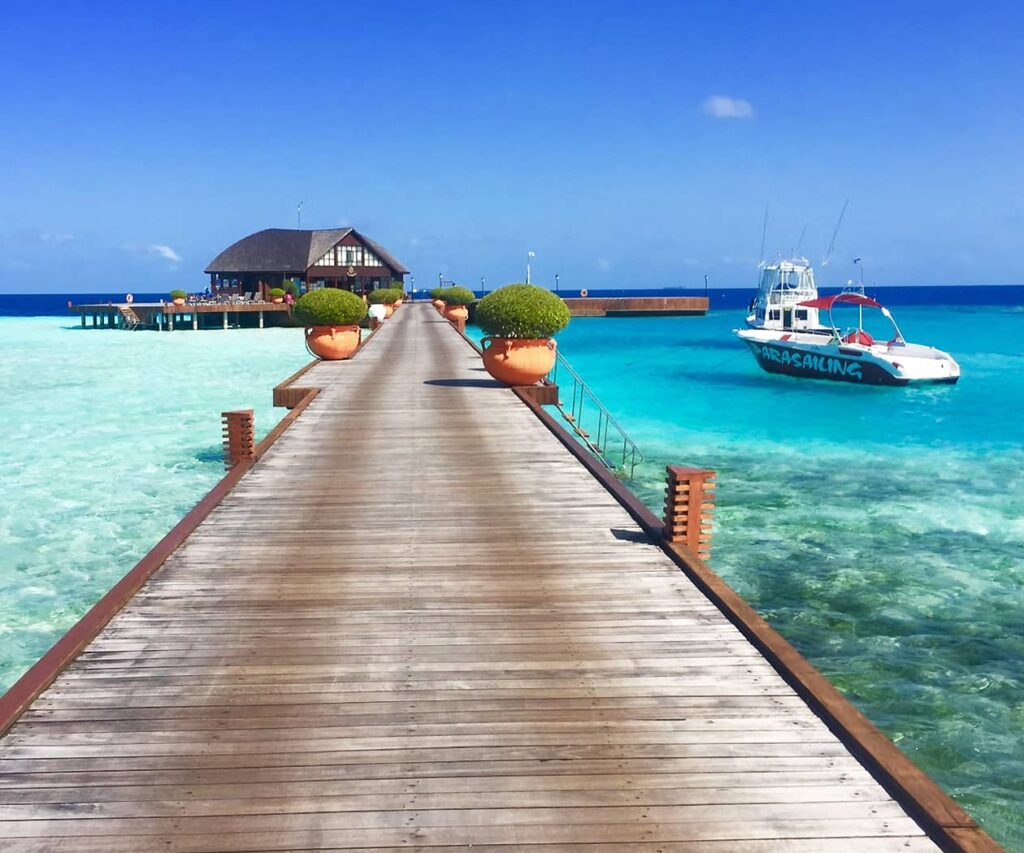
Discovering Weed in Nabinagar: A Human-Friendly Perspective
Nabinagar, a vibrant upazila in the Brahmanbaria District of Bangladesh, is well known for its rural charm, bustling marketplaces, and cultural traditions. Located in the Chattogram Division, the town is a hub of agriculture, trade, and community life. Like many places in Bangladesh, Nabinagar has its own rhythms of daily activity shaped by farming, family, and faith.
In recent years, conversations around weed (cannabis) have grown across the world. Global debates about its medicinal, cultural, and recreational uses have made people curious—even in towns like Nabinagar. While cannabis remains illegal in Bangladesh, understanding its history, cultural perceptions, and global significance can give people in Nabinagar a broader perspective.
This article explores what it means to “discover weed in Nabinagar,” not through direct use—since that is against the law—but through education, cultural awareness, and responsible curiosity.
Cannabis Laws in Bangladesh
To begin, it is crucial to understand the legal backdrop:
- Illegal nationwide: The Narcotics Control Act of 1990 and later amendments classify cannabis as an illegal substance. Possession, sale, or cultivation can lead to imprisonment and fines.
- Medical use: Unlike in countries such as Canada, the U.S., or parts of Europe, Bangladesh does not allow medical cannabis programs.
- Cultural exceptions: While cannabis has a long history in South Asia, today its use is restricted, and enforcement is generally strict.
For residents of Nabinagar, this means exploring cannabis has to be done through knowledge, research, and safe conversations, not through practice.
Cultural Perceptions in Nabinagar
Like other parts of Bangladesh, Nabinagar’s culture is shaped by religion, family values, and tradition:
- Religious influence: Islam, the majority faith, prohibits intoxicants. This frames much of the community’s perception of cannabis as a harmful or forbidden substance.
- Generational gap: Older generations typically view cannabis as dangerous, while some younger people, especially those exposed to global media, may see it with curiosity.
- Social attitudes: Open use of cannabis is frowned upon and rarely seen in public. Discussions, if they happen, are usually private or academic.
Thus, while people may hear about cannabis through news, television, or friends abroad, public acceptance is low in Nabinagar.
Historical Background
Weed is not new to South Asia—it has a deep history:
- Ancient use: Cannabis was historically used in the Indian subcontinent for religious rituals, Ayurvedic medicine, and festivities. Bhang, a cannabis-infused drink, has been part of celebrations in nearby India for centuries.
- Bangladesh past: In rural parts of Bengal, cannabis was once cultivated and used for traditional purposes, especially before strict laws came into place.
- Shift in laws: During the late 20th century, cannabis became criminalized, changing its perception from a cultural herb to an illicit drug.
For Nabinagar, this history exists in memory but has largely been overshadowed by modern prohibitions.
Safe Ways to Explore Cannabis Knowledge in Nabinagar
Since direct access is illegal, people can still “discover weed” through safe, responsible channels:
1. Education and Reading
Books, articles, and scientific journals provide insights into cannabis’s history, medical properties, and legal frameworks worldwide.
2. Online Resources
Documentaries, research papers, and global news can be accessed online to understand how different countries handle cannabis.
3. Cultural Studies
By exploring South Asian traditions, residents can learn how cannabis once had cultural and medicinal roles in society.
4. Wellness Alternatives
Instead of cannabis, people often turn to local herbal remedies, tea culture, meditation, and yoga to achieve similar relaxation and health benefits.
Medicinal and Therapeutic Perspectives
Globally, cannabis is now studied for its medicinal potential, though it is unavailable in Bangladesh:
- Pain relief: Cannabinoids are known to help with chronic pain and arthritis.
- Mental health: Non-psychoactive CBD shows promise for anxiety, depression, and sleep disorders.
- Neurological conditions: Conditions like epilepsy and Parkinson’s disease have shown improvement with cannabis-based therapies.
- Cancer care: Cannabis is used in some countries to reduce nausea and improve appetite during chemotherapy.
In Nabinagar, awareness of these global findings allows people to engage in informed discussions about the future of medical cannabis.
Responsible Curiosity
For Nabinagar residents, curiosity about cannabis must remain within safe, legal, and respectful boundaries:
- Respect the law: Avoid possession or consumption—penalties in Bangladesh are serious.
- Focus on knowledge: Read about cannabis history, science, and laws without engaging in risky behavior.
- Cultural sensitivity: Be mindful when discussing cannabis, as it is a sensitive topic in religious and social settings.
- Health first: Explore legal methods for wellness, such as herbal medicine, balanced diet, and mindfulness practices.
- Global connection: Participate in online forums and discussions to exchange perspectives safely.
This responsible approach ensures discovery remains educational, not dangerous.
Cannabis and the Community in Nabinagar
How does cannabis appear in local community conversations?
- Youth curiosity: Some young people hear about cannabis through songs, movies, or friends abroad.
- Academic interest: Students in biology, medicine, or sociology sometimes study cannabis as part of global research.
- Family perspective: Parents and elders generally discourage discussions about cannabis, focusing instead on education and work.
- Public life: There are no visible cannabis markets or open use in Nabinagar, unlike in some other parts of South Asia.
The subject exists in Nabinagar, but mostly as an academic or private interest.
Global Influence
Even in Nabinagar, global trends influence awareness:
- Legalization elsewhere: Countries like Canada, Thailand, and parts of the U.S. have legalized cannabis, sparking curiosity worldwide.
- Wellness products: CBD oils, edibles, and lotions are popular in the West, creating discussions about alternative medicine.
- South Asian neighbors: India and Nepal maintain cultural cannabis traditions that indirectly influence curiosity in Bangladesh.
For residents of Nabinagar, these trends highlight how different societies view cannabis differently.
The Future of Cannabis in Nabinagar
What might the future hold?
- Research opportunities: Universities in Bangladesh could one day study cannabis for its medicinal benefits.
- Public debate: As global legalization spreads, conversations in Bangladesh—including Nabinagar—may grow louder.
- Medical potential: If cannabis is ever approved for healthcare use, patients in Nabinagar could benefit from new treatments.
- Cultural exploration: Writers, artists, and scholars may begin to explore cannabis’s historical role in Bengal’s culture.
Change may be slow, but curiosity is likely to expand as the world continues shifting its perspective on cannabis.
Conclusion
Discovering weed in Nabinagar is not about smoking or selling—it’s about understanding. While cannabis is strictly illegal in Bangladesh, people can safely explore its history, cultural significance, medical research, and global debates.
For the people of Nabinagar, especially students and curious youth, the safest path is to treat cannabis as a subject of study rather than practice. By respecting local traditions, following the law, and embracing education, residents can engage with cannabis knowledge in a way that is thoughtful, safe, and responsible.
Ultimately, the story of weed in Nabinagar is less about the plant itself and more about how global ideas reach local communities, sparking curiosity, reflection, and awareness.

Just love this dude Explorer. Keep up with the good work. Excellent customer service. He goes above and beyond to make sure the order is right, help and support if anything goes wrong.
It was hard to find a reliable plug but finally Explorer showed up and gained my trust. Definitely he is the way out and hands down the best.@ https://t.me/explorerbud
I was here for a long time and after so many failed attempts at getting WEED, the valet at my hotel introduced me to EXPLORER. He sells the best quality WEED around here . You can reach him on telegram very fast https://t.me/explorerbud and he will get you the best quality without any hassle . Thanks to him , we are having the time of our lives here.
Get some good THC weed from EXPLORER and thank me later.
EXPLORER is the one Super responsive, on time and the weed is absolute fire. The strains are seriously on point.
Best service Ive found by far, won’t be using anything else unless I find a reason too, I paid using bitcoin and he delivered thanks Explorerbud1@gmail.com
If you are getting from elsewhere then you need to switch. The great pricing attracted me, but the hospitality of EXPLORER, the quality of weed ( dried and completely cured nugs), the fast delivery and the freebies made this experience amazing.
Will definitely come back for sure and I will be a long time customer thanks EXPLORER
I have been ordering from EXPLORER you can email him Explorerbud1@gmail.com over a year now and every single experience has been five stars.
Quality customer service combined with an incredible selection of nothing but Top shelf strains. The weed is amazing from the taste, looks and smell.
Give these guy a try and see for yourself why he is the best👌
I contacted EXPLORER on his telegram and due to security reasons he requested crypto payments or GIFTCARD which i paid using bitcoin
about 30minutes later my dope was dropped at my requested location
great guy!!!
i highly recommend
Everytime I order, I get excited not only for his TOP NOTCH PRODUCTS, but his amazing customer service.
From the time I start my text, to when my weed arrives, Explorer makes every encounter fast, friendly and SO AFFORDABLE. He works with you to get what you need.
Thank you Explorer for been so good to me everytime.